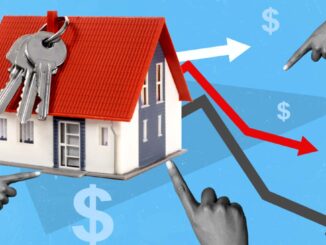
Mortgage rates rose this week as the yield on the benchmark 10-year Treasury note inched up. As of Monday, the yield on the 10-year U.S. Treasury note was about 4.25%, according to Tradeweb, up from 3.86% at the end of last year.
As a result, HousingWire’s Mortgage Rates Center showed the average 30-year fixed rate for conventional loans at 7.16% on Tuesday, up from 7.07% one week earlier. At the same time one year ago, the 30-year fixed rate averaged 6.53%. Meanwhile, the 15-year fixed rate averaged 6.51% on Tuesday, up from 6.5% one week earlier.
“The 10-year yield is up a few basis points this week as the market gets ready to digest the next big piece of economic data: Friday’s PCE inflation report. As the 10-year yield moves higher, mortgage pricing should move with it, but the mortgage spreads are having a good week, which is encouraging news,” HousingWire lead analyst Logan Mohtashami said.
“The following week, we have jobs week with four economic labor reports for the bond market to focus on.”
As of March 22, there were 513,000 single-family homes unsold on the market, up 1.1% from the week prior and up 24% from the same week one year ago. At the same period last year, inventory was declining, according to Mike Simonsen, founder and president of Altos Research.
“We’ll finish the year with over 600,000 homes on the market unless rates reverse and fall quickly,” Simonsen wrote on Monday.
More inventory on the market means that more sales can take place. But, on the other hand, it can also mean that demand is weakening.
“The longer mortgage rates stay higher, the more inventory will grow closer to the old levels,” Simonsen wrote. “If you’re a homebuyer and you’re waiting for mortgage rates to fall before you swoop in for a deal, recognize that even slightly lower rates will spur demand more than supply so inventory will start falling and selection and competition will be worse.”



